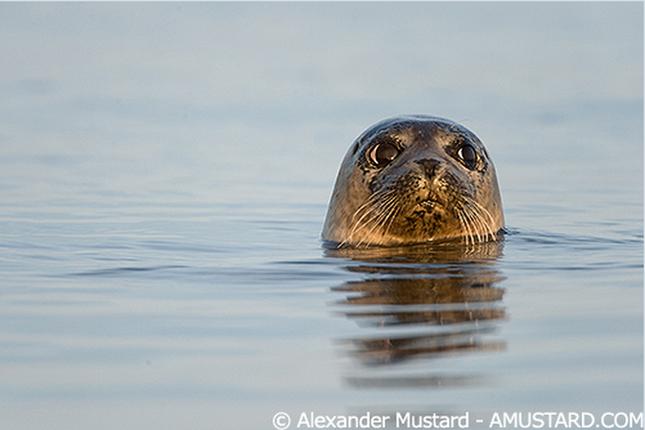Robert Nixon’s ‘Mission Blue’ at the Environmental Film Festival
By • March 20, 2014 0 1912

It’s the story of two powerful forces. One is human; the other is integral to future of the human race. Robert Nixon’s documentary film, “Mission Blue,” is the story of renowned oceanographer Sylvia Earle and her relationship with the sea.
“I hope ‘Mission Blue’ shows people what we are doing to the oceans,” Nixon says. When he began working with Earle on the film, he says, “She said, ‘Please, make a hopeful film.’ And this is classic Sylvia, because she knew how hard that would be. But we believe we’ve done that. The film is very much about Sylvia’s life as a witness to nature and as a witness to what we’ve done to our planet.”
“Mission Blue” is coming to Washington as part of the 2014 Environmental Film Festival. It will make its D.C. premiere March 22 at the Smithsonian’s Museum of Natural History. Earle is an explorer-in-residence with National Geographic Society, and where, as Nixon says, “she has ten of thousands of specimens.”
Washington is also home for Nixon and his family, and he says he’s been delighted to watch the Environmental Film Festival grow into a major event and a first-rate place to show films. And he would know. He’s made a dozen acclaimed films, including “Amazon Diary,” “Real Jaws” and “Gorillas in the Mist.” He also inspired and documented a massive clean up of the Anacostia, led by teenagers who live close to the river.
“Mission Blue” opened this year’s Santa Barbara Film Festival. Directed by Nixon and Fisher Stevens, the movie, Variety said, captures the “majesty and imperiled status of the world’s aquatic life,” and the “spectacular underwater photography offers eye candy aplenty.” It also tells the story of the ocean story in human terms, through the eyes, drive, and lungs of Sylvia Earle.
“She is the hardest working, most tireless person I’ve ever met,” Nixon says. “We dove all over the world with Sylvia. And as exciting as it is to go diving with her, you don’t want to be her dive buddy, because she just does not use any air. We’re in the Galapagos, a hundred feet down, I’m hanging onto things and moving all over the place. I’ve got a camera. Sylvia’s next to me with a camera, just as calm as could be. After a while, I look at my air. I think, “Oh, I’ve got to be thinking about going up,” and I’d look at her air and it’d hardly moved at all. You know, you don’t want to be the reason why Sylvia has to go up.”

